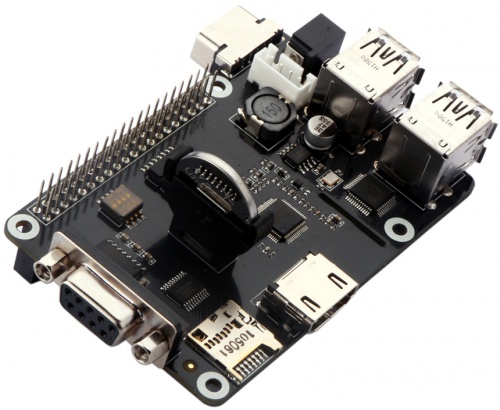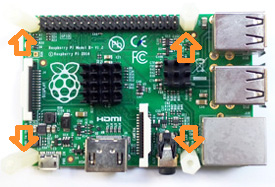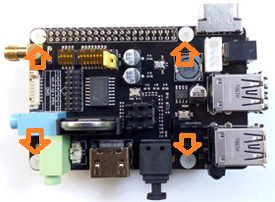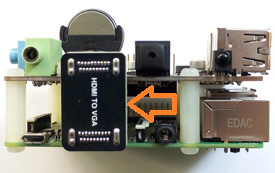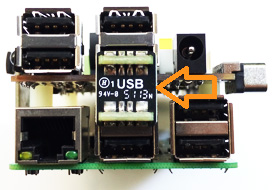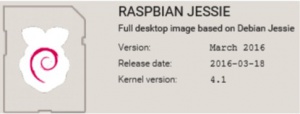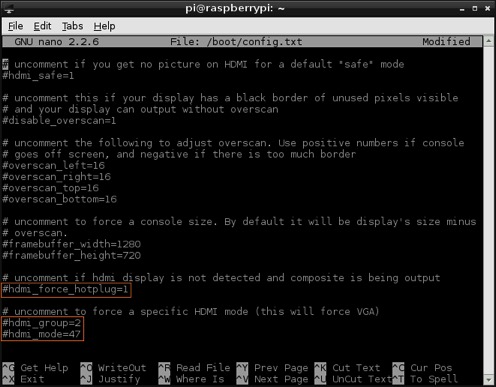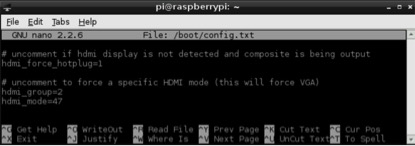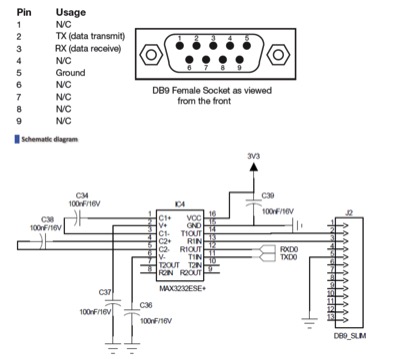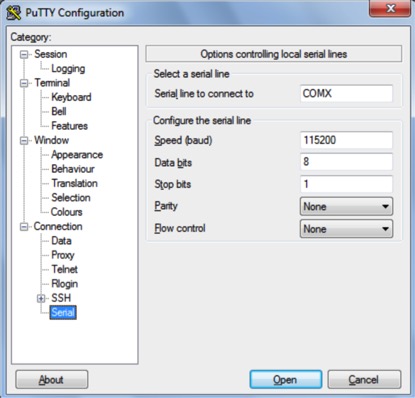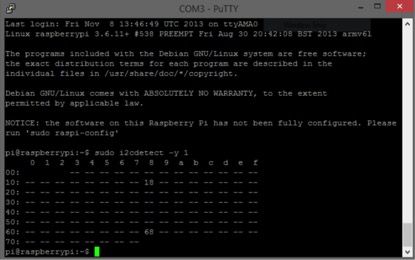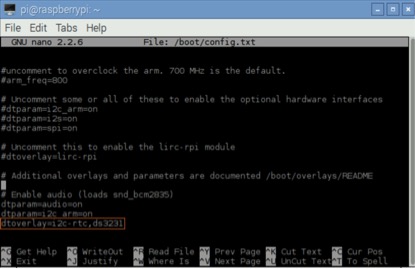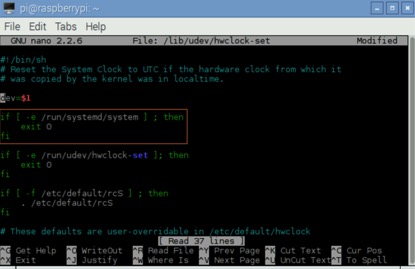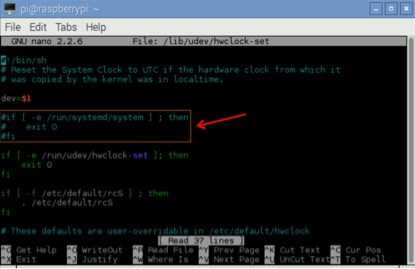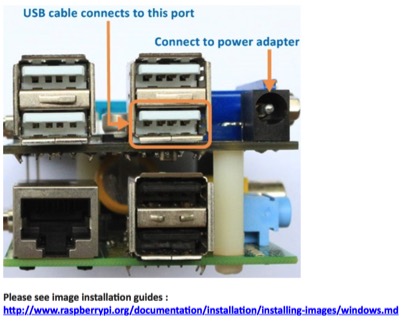X105 SKU: EZ-0008
X105
Product Feature
| Feature | Description |
|---|---|
| Input Voltage | 6V to 23Vdc converted to 5V, 3A via step-down DC/DC converter to power the Raspberry Pi |
| VGA output | HDMI to VGA converter supporting up to UXGA (1600×1200) and 1080p with 10-bit DAC |
| RS232 serial communication | Control the Raspberry Pi over RS232 or connect to external serial accessories |
| USB Storage | Self-powered USB hub with 3 ports |
| Real-time clock (RTC) | Based on DS3231SN with included CR2032 battery |
| MicroSD Card Reader/Writer | Supports microSD / microSDHC / microSDXC Convenient to write OS image |
| Misc | Power output socket Camera flex slot so camera can still be used with the expansion board attached
- DIP switch to remove connection from RPi’s pin header - Directly connected on top of the Raspberry Pi using the board GPIO header pins - No wiring nor soldering is required - Duplicated the 40-pin header of the R-Pi in order to support existing expansion boards - Suitable for Raspberry Pi Model B+, Raspberry pi 2 Model B and Raspberry Pi 3 Model B NEW! |
| Dimensions | 85 x 56mm (Same size as Raspberry Pi) |
Packing List
- 1 x X105 expansion board
- 1 x HDMI adapter
- 1 x USB adapter
- 4 x nylon spacers (M3 x 20mm)
- 8 x nylon screws (M3 x 6mm)
Quick Start Guide
- A. Fitting the expansion board
- B. Operation system
- C. Power supply
- D. HDMI to VGA converter
- E. RS232 serial communication
- F. Setting RTC time
- G. MicroSD Card Reader/Writer
A. FITTING THE EXPANSION BOARD
B. OPERATION SYSTEM
C. POWER SUPPLY
Xseries expansion board supplies the RPi with a regulated +5V through the GPIO header using a 2A poly-resettable (PTC) fuse.
With the wide voltage input range (6~21Vdc), the RPi can be powered from a wide variety of external sources such as batteries, 12V power adapters, solar battery sources, etc.
Recommended Power Adapter : 110~240VAC input, 12VDC 2A output
Dimension of input plug (Unit: mm)
D. HDMI TO VGA CONVERTER
See description on http://elinux.org/RPi_Screens#RGB_analog.2FVGA Any HDMI to VGA adapter without external PSU might work for a time, but then burn out D1, therefore Do not use HDMI converters powered by the HDMI port! The solution is to either only use externally powered converters.
Xseries expansion board do not use power from RPi HDMI port and has many features that enable it to perform in a superior manner. Among those features you will find:
Easy to Use: No need of cable and setting Conversion: It can convert complete HDMI into VGA video Supports 165MHz/1.65Gbps per channel (6.75Gbps all channel) bandwidth for HDMI Input Supports Analogue Video output up to UXGA and 1080p with 10-bit DAC
- HDMI to VGA resolution setting
- <1> Open the Config.txt
pi@raspberrypi ~ $ sudo nano /boot/config.txt
- <2> Uncomment following three lines in config.txt by removing '#' located at start of the line. (check Images below)
hdmi_force_hotplug=1 pretends that HDMI device is always attached hdmi_group specifies whether monitor is DMT type (Computers) or CEA type (TV) hdmi_mode specifies the resolution of monitor.
- <3> For hdmi_group value selection : If you’re using output as Computer monitor then replace value ’1′ with ’2′, so the new config will be like :
hdmi_group=2
(Select value 1 for TV, Select value 2 for monitor)
- <4> For hdmi_mode value selection : Now open eLinux RPi config scroll down, there in hdmi_mode two tables are given, select the correct resolution as per your monitor. (Table1 if you’re using TV & Table2 if you’re using Monitor)
Since my monitor’s resolution is 1440×900 px, hdmi_mode=47 fits me the best. So, the modified config.txt will be like.
hdmi_mode=47
Overall my uncommented lines will look something like :
- <5> Save your changes by pressing Ctrl-x then Y
- <6> Reboot your Raspberry Pi
pi@raspberrypi ~ $ sudo reboot
F. RS232 COMMUNICATION PORT
- Introduction
The RS232 port is connected to the UART port on the Raspberry Pi using a MAX3232 interface. The MAX3232 IC converts the 3.3V UART port to RS232 voltages allowing communication with RS232 compatible devices over a DB9 serial cable or with the use of a null-modem cable the board allows terminal access with linux on the Raspberry Pi using a terminal application. The RS232 port can be accessed through the DB9 port. *Connecting to the RS232 Port. The RS232 port on the expansion board can be accessed through the male DB9 socket on the PCB. The DB9 socket is configured as a master socket like you will find on desktop computers allowing you to connect external serial devices with a standard RS232 cable.
The pinout connections for the RS232 port are shown below:
- Configuring and using terminal application on your PC
PuTTY configuration (COMX, X= Serial port number)
G. SETTING RTC TIME
This page details how to setup the RTC Pi on the Raspbian Jessie image from http://www.raspberrypi.org/downloads
- <7> Ensure that the CR2032 coin battery was inserted into the battery holder. Using the expansion board without a battery installed may damage the RTC chip and will stop it from appearing on the I2C bus.
- <8> Follow the instructions on how to install and configure I2C on Raspbian Linux.
- <9> Once you have installed I2C check that the RTC Pi has been detected using:
pi@raspberrypi ~ $ sudo i2cdetect -y 1
The RTC Pi should appear on channel 68 as shown in the screen shot below.
If the RTC Pi does not appear check that the battery is installed correctly and is fully charged:
- <10> Enable I2C by running:
pi@raspberrypi ~ $ sudo nano /etc/modprobe.d/raspi-blacklist.conf
Find the I2C line where the I2c is black listed
blacklist i2c-bcm2708
Comment it out by replacing it with the line below
#blacklist i2c-bcm2708
- <11> To ensure that the necessary kernel modules are loaded at boot, ensure your /boot/config.txt file has the entry below …
pi@raspberrypi ~ $ sudo nano /boot/config.txt
dtoverlay=i2c-rtc,ds3231
- <12> Save your changes by pressing Ctrl-x then Y
- <13> Edit /lib/udev/hwclock-set with
pi@raspberrypi ~ $ sudo nano /lib/udev/hwclock-set
- <14> Locate the lines and edit
- <15> Comment following three lines in config.txt by adding '#' located at start of the line. (check Images below)
- <16> Save your changes by pressing Ctrl-x then Y
- <17> Reboot your Raspberry Pi
pi@raspberrypi ~ $ sudo reboot
- <18> Get the right time set on the Pi
pi@raspberrypi ~ $ sudo date MMDDHHMMYYYY.SS
(MM= Month, DD= Date, HH= Hour, MM= Minute, YYYY= Year, SS= Second ) example: 2013 Jan 4 , 11:39:00 , sudo date 010411392013.00
- <19> Write the system time to the expansion board
pi@raspberrypi ~ $ sudo hwclock -w
- <20> Verify the time
pi@raspberrypi ~ $ sudo hwclock -r
If everything worked correctly the expansion board should be initialised on boot and the current date and time will be loaded into Linux.
I. MicroSD Card Reader/Writer
X105 can also be connected to an USB port of your Windows PC with an USB male-to male cable to write the OS image to your SD card.
Have Fun!
